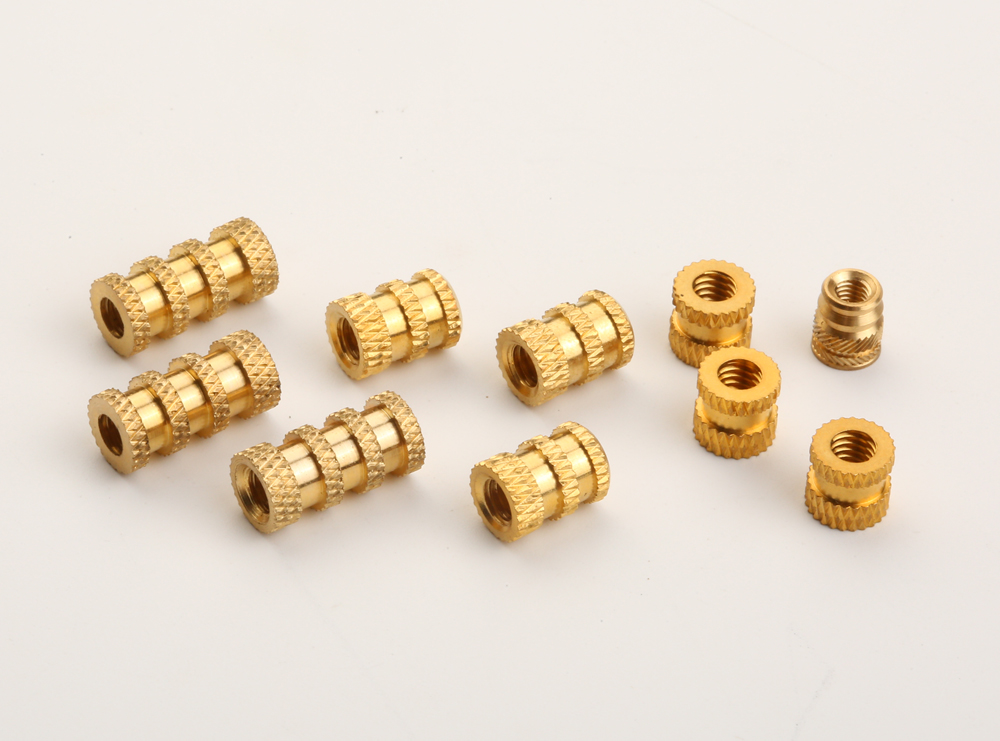In the field of modern industrial manufacturing, automatic lathes have become core equipment for producing non-standard precision parts due to their high efficiency and high precision. Non-standard precision parts refer to components that do not follow national or industry standards, but are specially designed and manufactured according to the unique requirements of specific equipment. They are often the core of equipment that enables key functions.

Automatic lathes control the machining process through pre-set programs, and are particularly proficient in processing metal and non-metal parts with complex structures such as shafts, sleeves, and cavities. From micro stainless steel shaft cores (as thin as a hair) in medical devices, to titanium alloy connectors (with extremely high heat resistance requirements) in aerospace equipment; from sensor housings (needing mirror-like surface finish) in precision instruments, to fuel injectors (with tolerances of only a few microns) in automotive engine fuel systems—these parts with special shapes, diverse materials, and strict process requirements are all typical products of non-standard machining by automatic lathes.
Compared with standard parts, the manufacturing difficulty of non-standard precision parts lies in "customization". It requires the processor to not only accurately interpret design intentions, but also have profound process experience to provide optimal solutions in terms of tool selection, cutting parameters, and fixture design. With its stable repeat positioning accuracy and flexible numerical control system, automatic lathes can economically and efficiently realize the production of small-batch, multi-variety non-standard parts. They can even complete multiple processes (such as turning, milling, drilling, and tapping) in a single clamping, effectively ensuring the overall machining accuracy of the parts.

It is these non-standard precision parts made by automatic lathes that form the cornerstone of modern high-end equipment manufacturing. Although they are small, they silently drive technological progress and innovation in various industries with their irreplaceable accuracy and reliability.